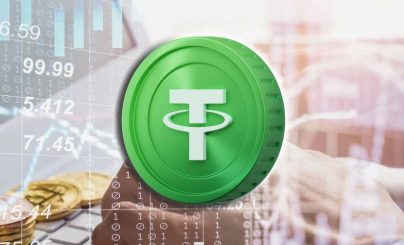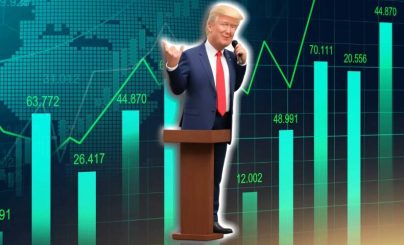Amid growing interest in the use of stablecoins in South Korea, recent data shows a significant dominance of USDT, especially on the TRON blockchain. According to a Korean government official, around 10% of all domestic trade transactions in the country are now performed using stablecoins, highlighting the role of these assets in the modern financial ecosystem. Graphs from CryptoQuant, published by the company’s principal researcher Ki Eun-ju, clearly show the distribution of transfer volume and number of USDT transactions between the Ethereum and TRON blockchains from 2018 to October 2024. At the beginning of the period, the vast majority of movements took place on Ethereum, but as TRON became more popular, the share of ETH gradually decreased. Today, TRON dominates both the 1st and 2nd indicators in the USDT market, with the
reasons for this trend likely due to lower fees and high transaction speeds on TRON compared to Ethereum. With high network load, users often choose platforms with minimal costs, making TRON an attractive alternative for transferring stablecoins. This is especially important for Asian markets.
With USDT accounting for 72% of the steblecoin market, the preference for TRON indicates users’ need for cost-effective and fast transactions, which meets the demands of day-to-day trading. Ethereum, on the other hand, despite its capabilities, is perceived as a more expensive option for large volumes. This trend emphasizes the possible future development of stable coins and their role in the global economy. With an increasing share of trading transactions being done via stablecoins, the question arises as to how financial regulators and traditional banks will adapt to these changes.
Is there an error in the text? Highlight it with your mouse and press Ctrl + Enter













